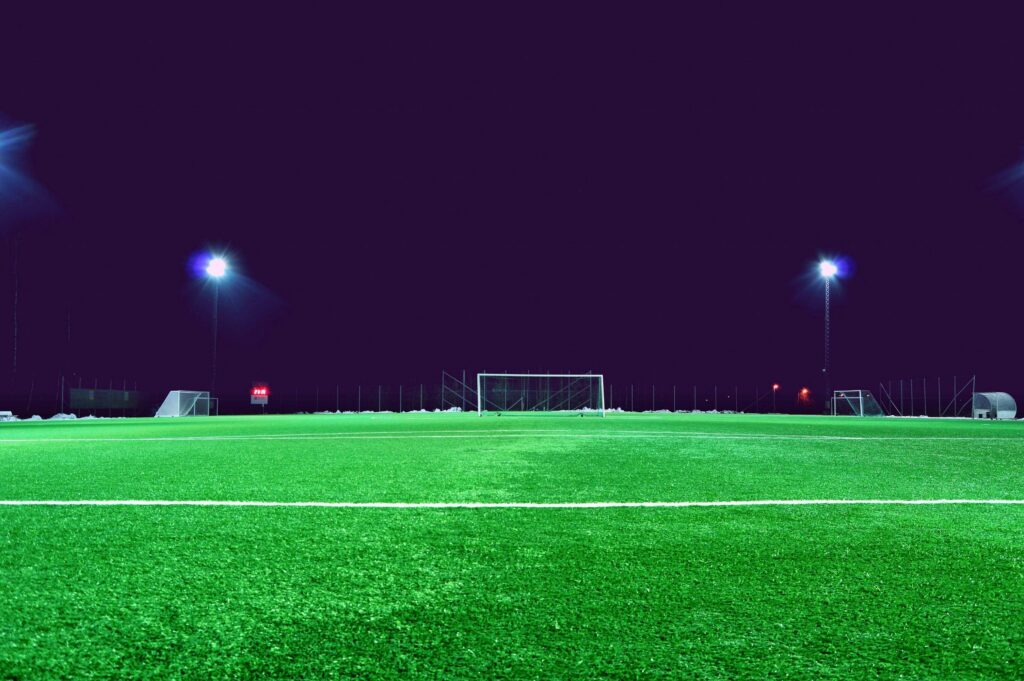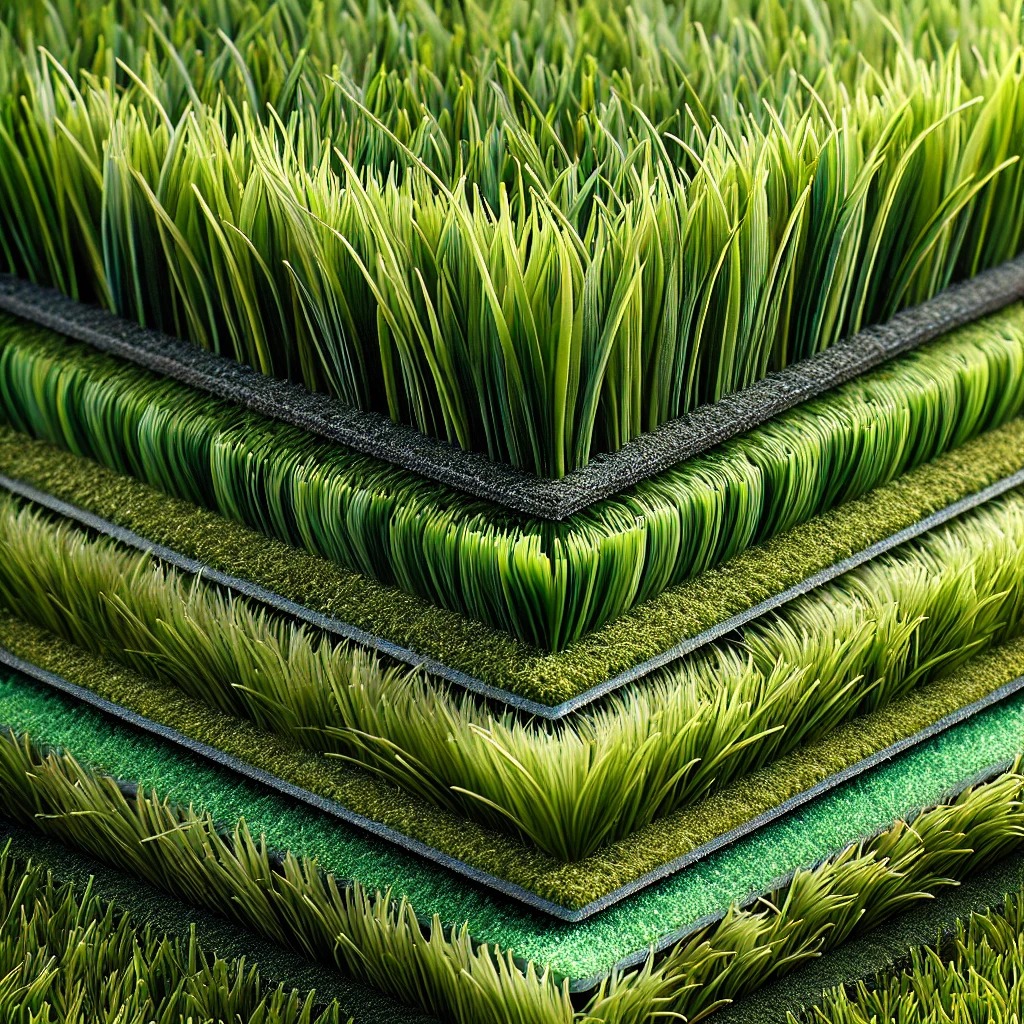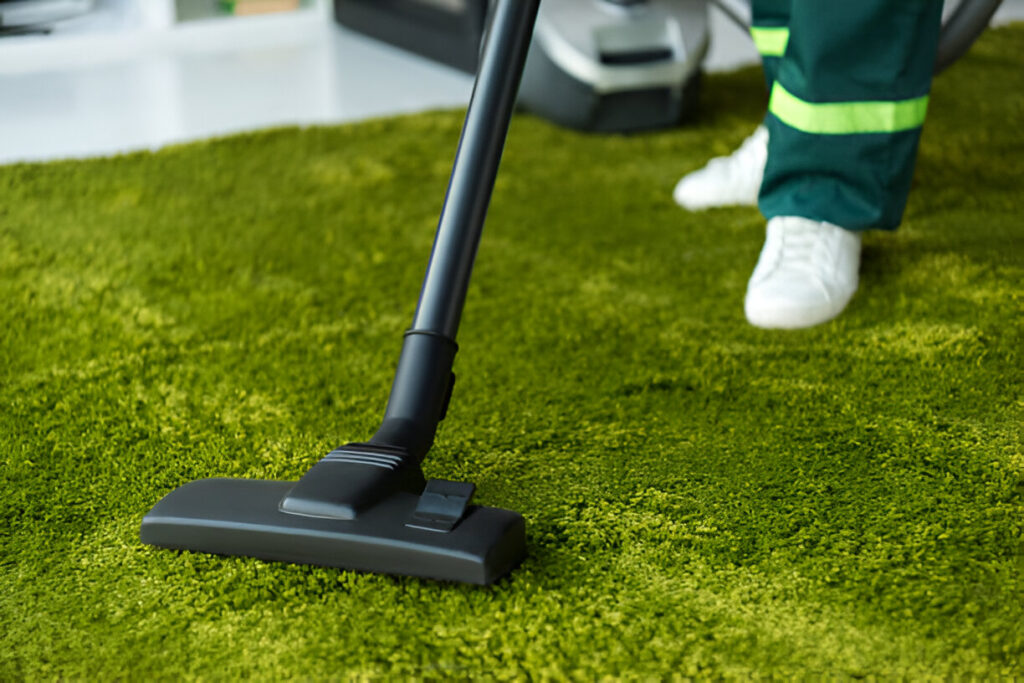
Is Artificial Grass Being Banned?
Artificial grass has long been seen as a solution for homeowners and businesses looking to reduce water consumption, maintenance costs, and the environmental impact of natural lawns. However, in recent years, concerns about its environmental effects and safety have led some to question whether artificial grass is facing bans in various regions. The topic of artificial grass bans is gaining momentum as local governments and environmental organizations scrutinize its use. In this article, we will explore the factors contributing to potential bans, the regions considering regulations, and whether the benefits of artificial grass outweigh the growing concerns.
Environmental Concerns Surrounding Artificial Grass
One of the primary reasons why artificial grass is under scrutiny is its potential environmental impact. Artificial grass, made primarily from plastics such as polyethylene, requires fossil fuels for production, contributing to carbon emissions. Unlike natural grass, which absorbs carbon dioxide and produces oxygen, artificial turf does not provide the same ecological benefits. Moreover, once artificial grass reaches the end of its lifespan (typically 10-15 years), it becomes a non-biodegradable waste that adds to landfill congestion.
Another issue often raised is the heat island effect caused by artificial grass. Unlike natural lawns that cool the surrounding environment, synthetic turf tends to absorb and retain heat, causing localized temperature spikes. In urban areas, where the heat island effect is already a concern, artificial grass can exacerbate the problem, making some cities reconsider its use.
Water Conservation vs. Environmental Impact
Proponents of artificial grass frequently cite water conservation as one of its primary benefits. In regions facing severe droughts, such as California and parts of Australia, replacing natural grass with synthetic turf can significantly reduce water consumption. This has led to an increase in artificial grass installations, especially in areas where maintaining a natural lawn is neither cost-effective nor environmentally sustainable.
However, critics argue that while artificial grass saves water, its long-term environmental impact might outweigh this benefit. The production process, coupled with the waste generated when artificial grass is disposed of, presents a dilemma. Furthermore, some studies suggest that artificial grass may contribute to microplastic pollution, as the material gradually breaks down over time.
Regions Considering Artificial Grass Bans
Several local governments and environmental organizations are beginning to take action. While outright bans are not yet widespread, there are growing restrictions and regulatory measures aimed at limiting the installation of artificial grass in certain areas. These regulations are often driven by environmental concerns and the heat retention properties of artificial turf.
California
California, a state that has both embraced artificial grass for its water-saving properties and raised concerns over its environmental impact, is at the forefront of the debate. While there is no statewide ban on artificial grass, certain cities have implemented restrictions. Some municipalities have limited the amount of synthetic turf allowed in residential areas, especially in neighborhoods where the heat island effect is a growing concern.
Europe
In Europe, the environmental impact of artificial grass is also being addressed. Some regions, particularly in countries like the Netherlands and Belgium, are considering stricter regulations. Environmental agencies are concerned about the long-term waste issues artificial grass presents, as well as its contribution to microplastic pollution. Although no country has yet imposed a full ban, the discussions surrounding regulation are gaining momentum, especially in environmentally-conscious areas.
Australia
Australia, a country that frequently deals with drought conditions, has seen a rise in the popularity of artificial grass. However, environmental organizations are pushing for tighter controls on its use, particularly in public spaces. While artificial grass is still permitted, there are growing calls for limits in urban areas where heat retention could exacerbate urban heat islands. Some local councils are considering restrictions on its installation in new developments.
The Role of Health and Safety in the Debate
Beyond environmental concerns, health and safety are also key issues in the conversation around banning artificial grass. One of the biggest concerns is the potential for toxic runoff from certain types of artificial turf. Some older synthetic grass products contain heavy metals like lead, which can pose health risks, particularly in playgrounds and sports fields where children are frequently exposed.
Additionally, artificial grass tends to become extremely hot in direct sunlight, raising concerns about heat-related injuries. On hot days, the surface temperature of artificial grass can exceed 150°F (65°C), making it unsuitable for use in areas where children play or where pets roam. This has prompted some schools and parks to reconsider the installation of synthetic turf, especially in regions with hot climates.
Are There Alternatives to Artificial Grass?
As more regions consider the implications of artificial grass, alternatives are gaining traction. Some property owners are turning to native plants and drought-resistant landscaping as a way to achieve low-maintenance yards without the environmental downsides of synthetic turf. Xeriscaping, a landscaping method that uses minimal water and relies on native plants, is becoming increasingly popular, particularly in areas prone to drought.
Additionally, natural grass varieties that require less water and maintenance than traditional lawns are being developed. These grasses, while not entirely maintenance-free, provide a middle ground for homeowners looking to reduce their environmental impact without resorting to artificial grass.
Is a Ban on Artificial Grass Likely?
While a total ban on artificial grass seems unlikely at this stage, we are seeing a growing trend towards regulation and restriction of its use. The push for a more sustainable and environmentally-friendly approach to landscaping is causing local governments and communities to weigh the pros and cons of artificial grass more carefully.
Areas particularly concerned with urban heat islands, waste management, and microplastic pollution may see more limitations on artificial grass installation in the future. However, in drought-prone regions where water conservation is paramount, artificial grass will likely remain a popular option, though potentially with new regulations regarding its production and disposal.
Conclusion
The debate over whether artificial grass should be banned is multi-faceted, encompassing environmental, health, and safety concerns. While artificial grass offers undeniable benefits, especially in water conservation, its long-term environmental impact raises legitimate concerns. As more regions begin to regulate and restrict its use, property owners and decision-makers will need to weigh the pros and cons of artificial grass carefully.
Ultimately, the future of artificial grass will likely involve tighter controls and the exploration of more sustainable alternatives. Staying informed about local regulations and the potential impact of synthetic turf is crucial for making the best decision for your home or business.


